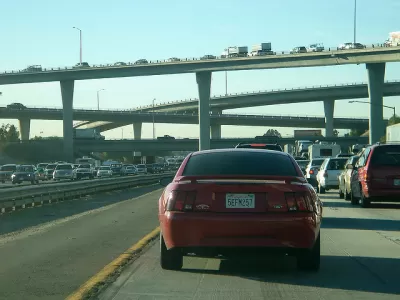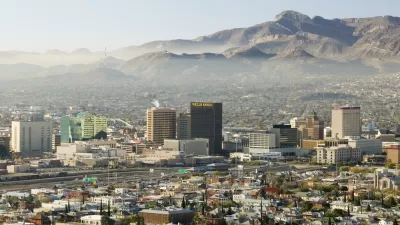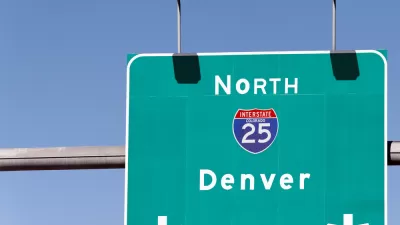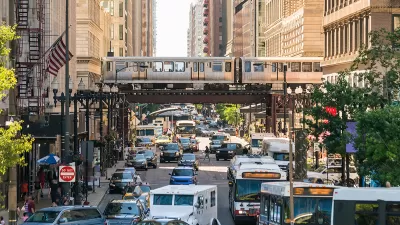Highway expansion has been shown, time and again, to increase traffic and congestion. Cities are finally getting the message.

For decades, conventional wisdom in transportation planning circles held that "when a highway is choked with traffic, the solution is to expand it or build another road nearby." Yet research from projects around the country, writes Alan Ehrenhalt in Governing, has disproven this theory. When Los Angeles widened its notorious I-405 freeway in 2014, "[t]ravel times actually increased once the project was finished, although rush hours shortened slightly." Meanwhile "the Katy Freeway in central Houston, expanded in 2011 to more than 20 lanes in some segments, making it one of the widest highways in the world," saw travel times out of downtown increase "by some estimates as much as 30 percent" after the project's completion.
The increase in traffic is due to a phenomenon known as "induced demand," a concept that dates back to the 1960s, when economist Anthony Downs argued that "peak-hour congestion rises to meet maximum capacity." As it turns out, "highways are vulnerable to latent demand — people who haven’t been using them start to fill them up once the capacity is expanded." But "traffic planners, especially those in state highway departments, refused to believe it," writes Ehrenhalt. "They went with what they considered common sense and kept expanding and widening."
Expanded highway capacity also leads to "more development: new trucking depots and large numbers of employees who commute to work; new housing developments and shopping centers at the exits," all of which add to the congestion.
"Most big cities seem to have caught on and are no longer seeking to expand the highways within their borders. But quite a few state transportation agencies have failed to get the message, or are simply ignoring it," with major projects continuing to move forward. "Urban transportation needs many things," says Ehrenhalt, "but it doesn’t need more asphalt."
FULL STORY: Asphalt, Gridlock and Common Sense

Maui's Vacation Rental Debate Turns Ugly
Verbal attacks, misinformation campaigns and fistfights plague a high-stakes debate to convert thousands of vacation rentals into long-term housing.

Planetizen Federal Action Tracker
A weekly monitor of how Trump’s orders and actions are impacting planners and planning in America.

Chicago’s Ghost Rails
Just beneath the surface of the modern city lie the remnants of its expansive early 20th-century streetcar system.

Bend, Oregon Zoning Reforms Prioritize Small-Scale Housing
The city altered its zoning code to allow multi-family housing and eliminated parking mandates citywide.

Amtrak Cutting Jobs, Funding to High-Speed Rail
The agency plans to cut 10 percent of its workforce and has confirmed it will not fund new high-speed rail projects.

LA Denies Basic Services to Unhoused Residents
The city has repeatedly failed to respond to requests for trash pickup at encampment sites, and eliminated a program that provided mobile showers and toilets.
Urban Design for Planners 1: Software Tools
This six-course series explores essential urban design concepts using open source software and equips planners with the tools they need to participate fully in the urban design process.
Planning for Universal Design
Learn the tools for implementing Universal Design in planning regulations.
planning NEXT
Appalachian Highlands Housing Partners
Mpact (founded as Rail~Volution)
City of Camden Redevelopment Agency
City of Astoria
City of Portland
City of Laramie





























